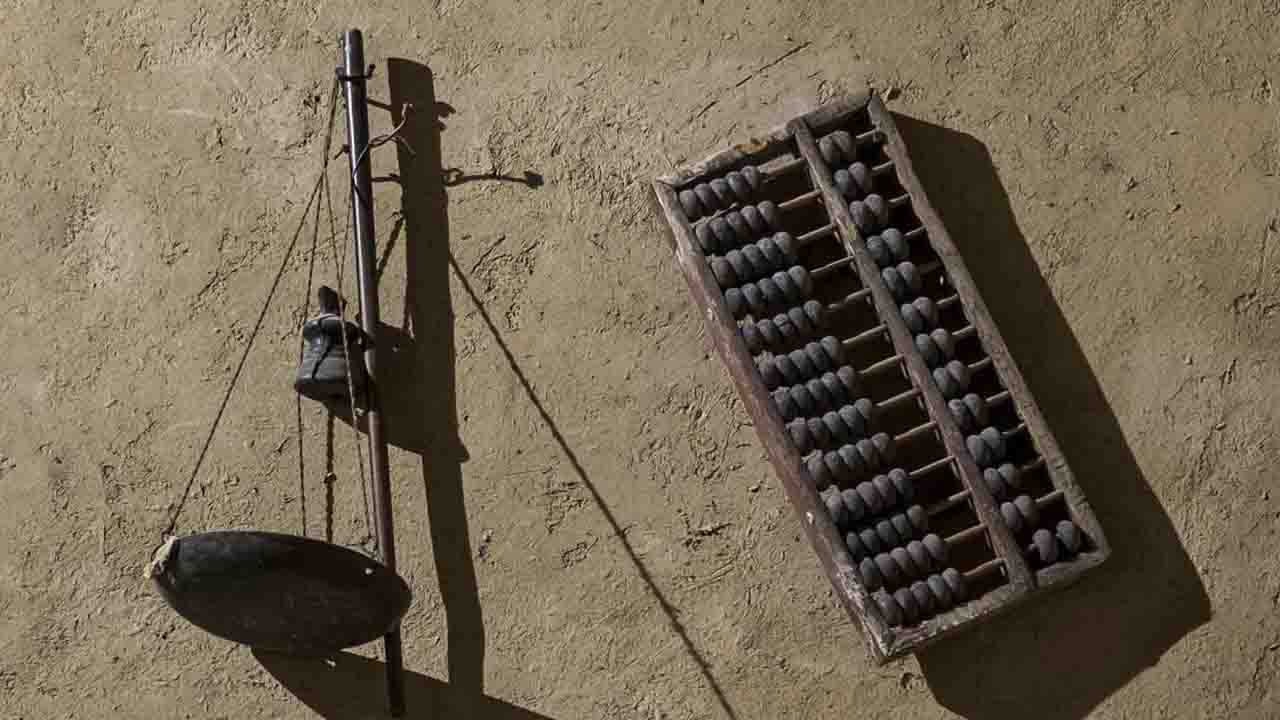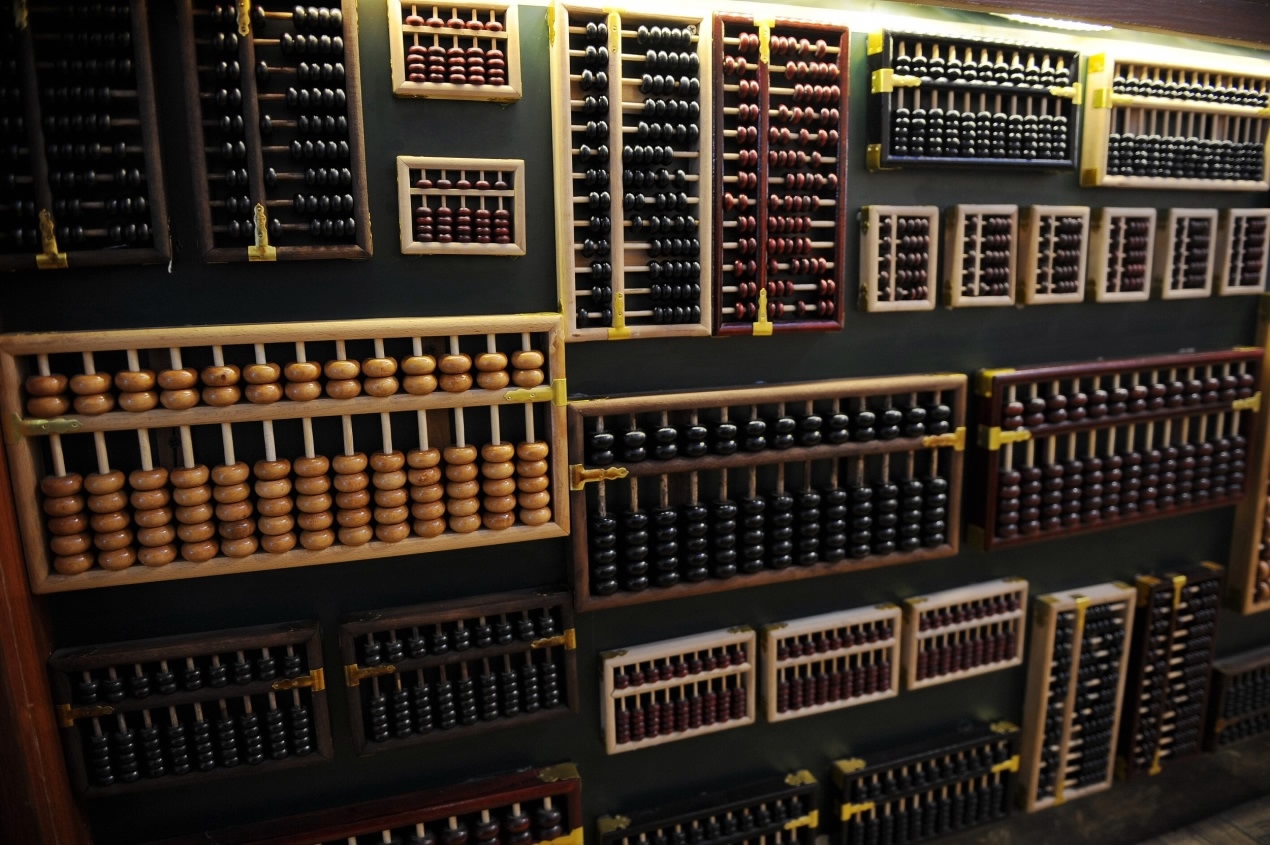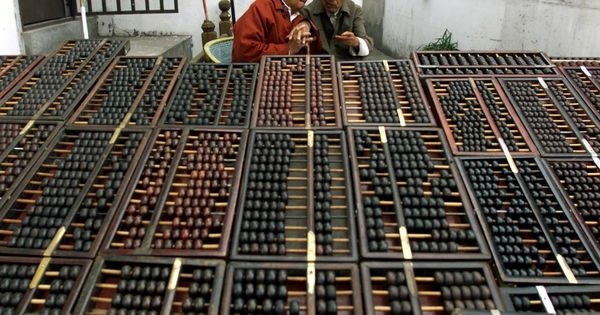
Culture
18:28, 25-Aug-2017
Chinese Abacus: The beads that changed the world
By CGTN's Ma Shuo & Fan Rong

The Chinese abacus is an important part of traditional Chinese culture, symbolizing centuries of accumulated knowledge and mathematical practice.
Humanity's relationship with mathematics began with counting. Earlier counting method used stones, sea shells, knots. The practice of using the Chinese abacus called "Zhusuan," is a unique centuries-old method of performing arithmetic calculations.
Zhusuan is widely recognized as China's fifth great invention and is also known as Suanpan.
In Chinese ‘zhu’ means bead, which is also an integral part of the abacus, while ‘suan’ means to count. By moving the beads, one can add, subtract, multiply, divide, calculate powers, extract roots, and even solve higher degree equations. Special method is used each operations on an abacus, which allow users to carry out difficult calculations.
Because of fast calculations, convenience and powerful capabilities, it has been called ‘the world's oldest computer’.

Abacuses in various sizes/CFP photo
Abacuses in various sizes/CFP photo
Zhusuan was mentioned as early as 190 A.D., in the Supplementary Notes on the Art of Figures written by Xu Yue.
It is the only one of 14 methods of counting mentioned in the book that is still in practice. By the 12th century, the practice of Zhusuan was perfected and it became common tool for calculation.
In a painting from Song Dynasty artist Zhang Zeduan , an abacus is clearly visible on the counter of a medicine shop by the busy street.
It was during this period that Zhusuan entered its heyday as an important tool for mathematics. During the Ming Dynasty, the General Source of Computational Methods by Cheng Dawei reached Japan, greatly influencing Japanese mathematics. Historical records show Zhusuan spread to South Korea, Japan, and Southeast Asia during the 16th century. Today, Zhusuan is widely used all over the world.

Reuters photo
Reuters photo
Established in Beijing in 2002, the World Association of Abacus and Mental Arithmetic now has 58 branches in 17 countries, including the United States, Australia, Russia, and Japan .
On December 4, 2013, Zhusuan was included in the UNESCO Representative List of Intangible Cultural Heritage of Humanity.
In the late 20th century, the Chinese introduced mental use of Zhusuan calculations . It works on the principle of visualization of the abacus, this helped people to quickly solve extremely complex calculations.
Chinese people have practiced Zhusuan through the dynasties and ages. The modern day practice is a culmination of ancient Chinese wisdom.
Recognized as an intangible cultural heritage, Zhusuan is seen as a unique way of thinking that will be passed on for generations and a skill that has the power to change the world.

SITEMAP
Copyright © 2018 CGTN. Beijing ICP prepared NO.16065310-3
Copyright © 2018 CGTN. Beijing ICP prepared NO.16065310-3